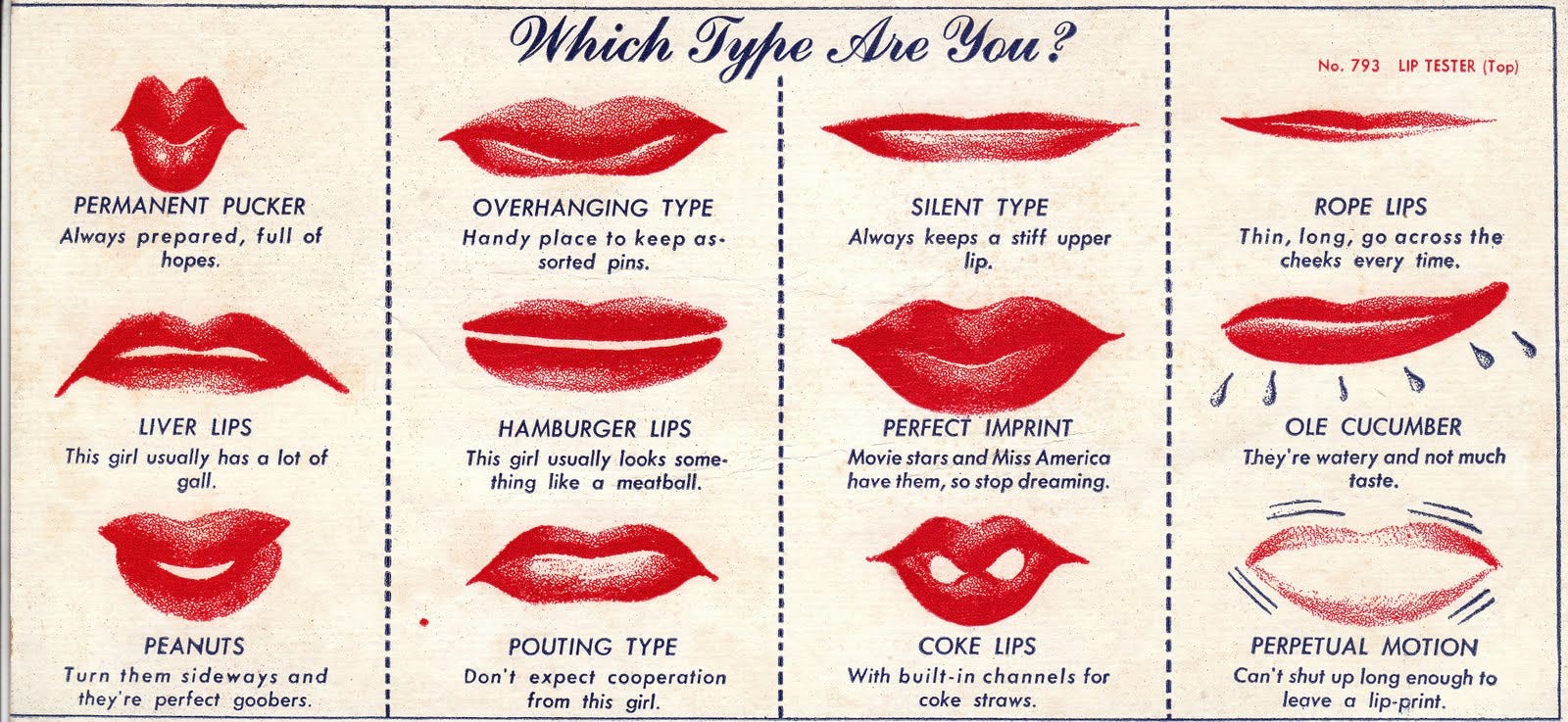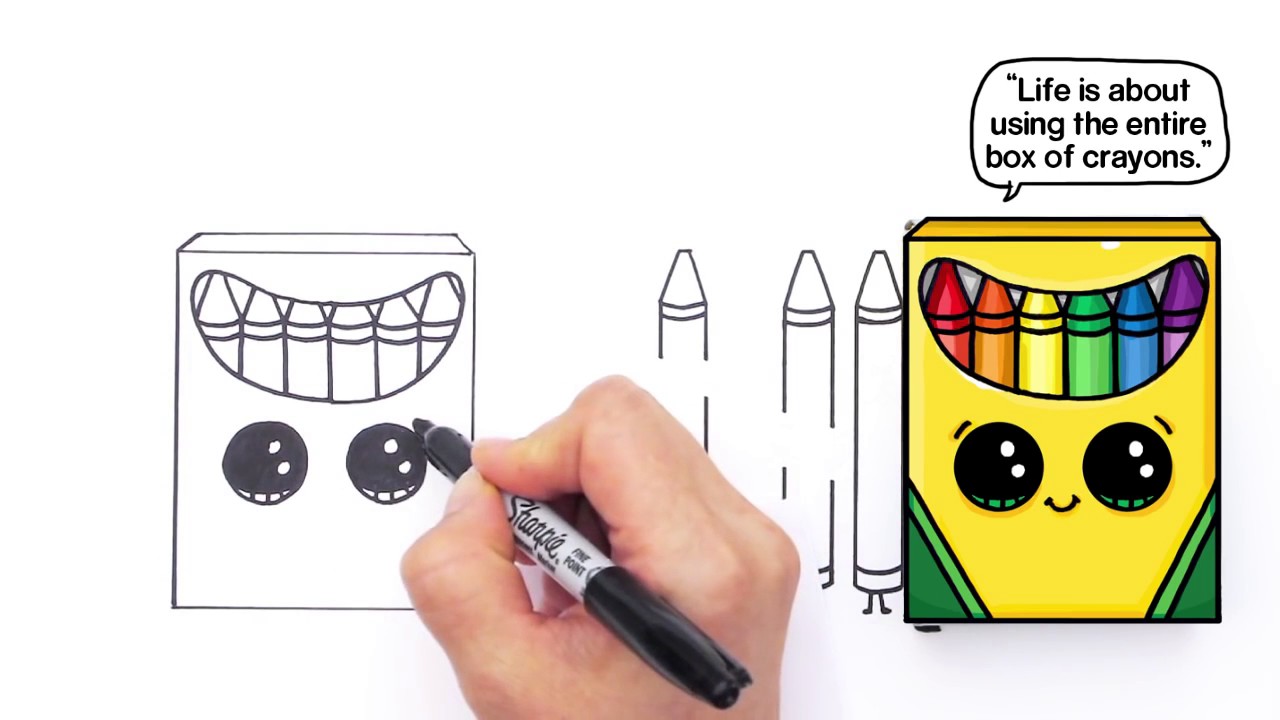Draw phlebotomy order medical poster assistant school nursing sheet cheat study notes laboratory printable tubes student lab chart board guide
Table of Contents
Table of Contents
Do you struggle with remembering the order of draw for phlebotomy? As a healthcare professional, it is crucial to understand the correct sequence to avoid inaccurate results and patient discomfort. In this blog post, we will provide tips and tricks on how to remember the order of draw for phlebotomy.
Pain points
For many healthcare professionals, remembering the order of draw for phlebotomy can be difficult. With so many tubes and colors to remember, it can be overwhelming and confusing. Making a mistake in the order of draw can cause inaccurate results, leading to misdiagnosis, delayed treatment, or unnecessary medical procedures. Additionally, drawing blood in the wrong order can cause hematoma, patient discomfort or even injury.
How to remember order of draw phlebotomy
One effective way to remember the order of draw for phlebotomy is to create a mnemonic device. A popular mnemonic is “Stop Light, Red on Top, Gold in the Middle, and Light Blue is Through.” Another mnemonic is “Please let Greg Brown Bring Really Good Cookies.” Both mnemonics use the first letter of each tube color to create a phrase. Additionally, you can use flashcards or practice quizzes to help you memorize the correct sequence. Familiarizing yourself with the different tube colors and their additives can also make it easier to remember the correct order of draw.
Summary
Overall, the correct order of draw for phlebotomy is crucial for accurate results and patient safety. To remember the order of draw, you can create a mnemonic device, use flashcards, and become familiar with the different tube colors and additives. Remembering the order of draw takes practice and repetition, but with dedication and persistence, you can master this essential skill.
Personal experience
When I first started my career in healthcare, I struggled with remembering the order of draw for phlebotomy. However, after practicing with flashcards and creating my mnemonic device, it started to become more manageable. I found that using a phrase that resonated with me made it easier to remember the correct sequence.
Common mistakes
One common mistake healthcare professionals make is using a tube that contains an additive in the wrong order. For example, if you draw a tube containing a coagulant before a tube containing an anticoagulant, it can affect the test results. Another common mistake is not properly identifying the patient, which can lead to inaccurate results or even a misdiagnosis.
Blood collection tubes and their additives
It is essential to understand the different types of blood collection tubes and their additives to remember the correct order of draw for phlebotomy. Here are some common blood collection tubes and their additives:
- Red – no additives
- Gold – clot activator and separator gel
- Light Blue – sodium citrate
- Green – heparin or sodium heparin
- Lavender – EDTA
Practice makes perfect
Like any skill in healthcare, remembering the order of draw for phlebotomy takes practice and repetition. It is crucial to stay up-to-date with any changes in the sequence or protocol and to continue practicing to improve your technique.
Question and Answer
Q1: What is the danger of not following the correct order of draw for phlebotomy?
A1: Drawing blood in the wrong order can cause inaccurate test results, which can lead to misdiagnosis, delayed treatment, or unnecessary medical procedures.
Q2: Can mnemonic devices be helpful in remembering the order of draw for phlebotomy?
A2: Yes, creating a personal phrase or using a popular mnemonic device can be an effective way to remember the correct sequence.
Q3: What are some common blood collection tubes and their additives?
A3: Some common blood collection tubes and their additives include red (no additives), gold (clot activator and separator gel), light blue (sodium citrate), green (heparin or sodium heparin), and lavender (EDTA).
Q4: What can happen if you use a tube that contains an additive in the wrong order?
A4: Using a tube that contains an additive in the wrong order can affect the test results and lead to inaccurate diagnosis, delayed treatment, or even unnecessary medical procedures.
Conclusion of how to remember order of draw phlebotomy
Remembering the correct order of draw for phlebotomy is essential for accurate test results and patient safety. By creating a mnemonic device, using flashcards, and becoming familiar with the different tube colors and additives, you can master this skill. It is also important to continue practicing and staying up-to-date with any changes in the sequence or protocol to ensure the best possible patient care.
Gallery
Pin By Debbie Baldauff On Nurse | Phlebotomy, Order Of Draw, Phlebotomy

Photo Credit by: bing.com / phlebotomy nurse nclexquiz certification nclex cma
Pin On Phlebotomy

Photo Credit by: bing.com / draw order phlebotomy medical blood school nursing notes sheet cheat assistant study infographic collection laboratory labs guide tips infographics med
Phlebotomy Order Of Draw Explained - E Phlebotomy Training

Photo Credit by: bing.com / draw order phlebotomy remember blood blue sterile gold explained i0 sally
Pin By Tina Brown On Medical Assistants Rock | Phlebotomy, Medical

Photo Credit by: bing.com / draw phlebotomy order medical poster assistant school nursing sheet cheat study notes laboratory printable tubes student lab chart board guide
Learn The Phlebotomy Order Of Draw With Our Handy Online Guide And

Photo Credit by: bing.com / draw order phlebotomy learn





